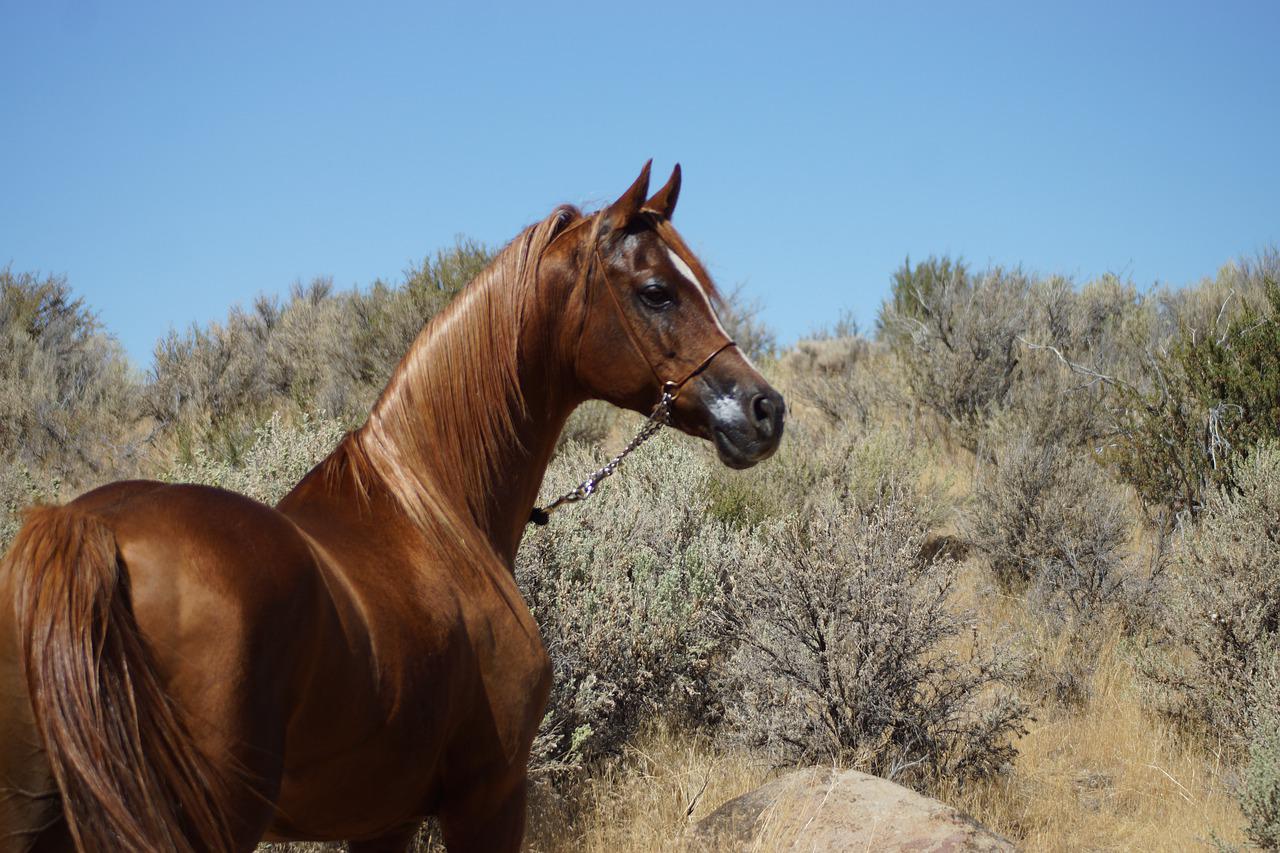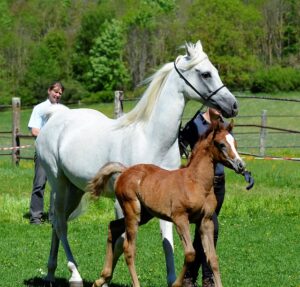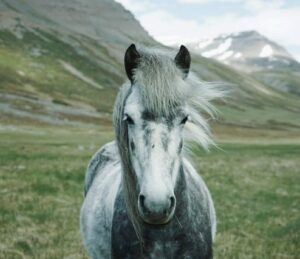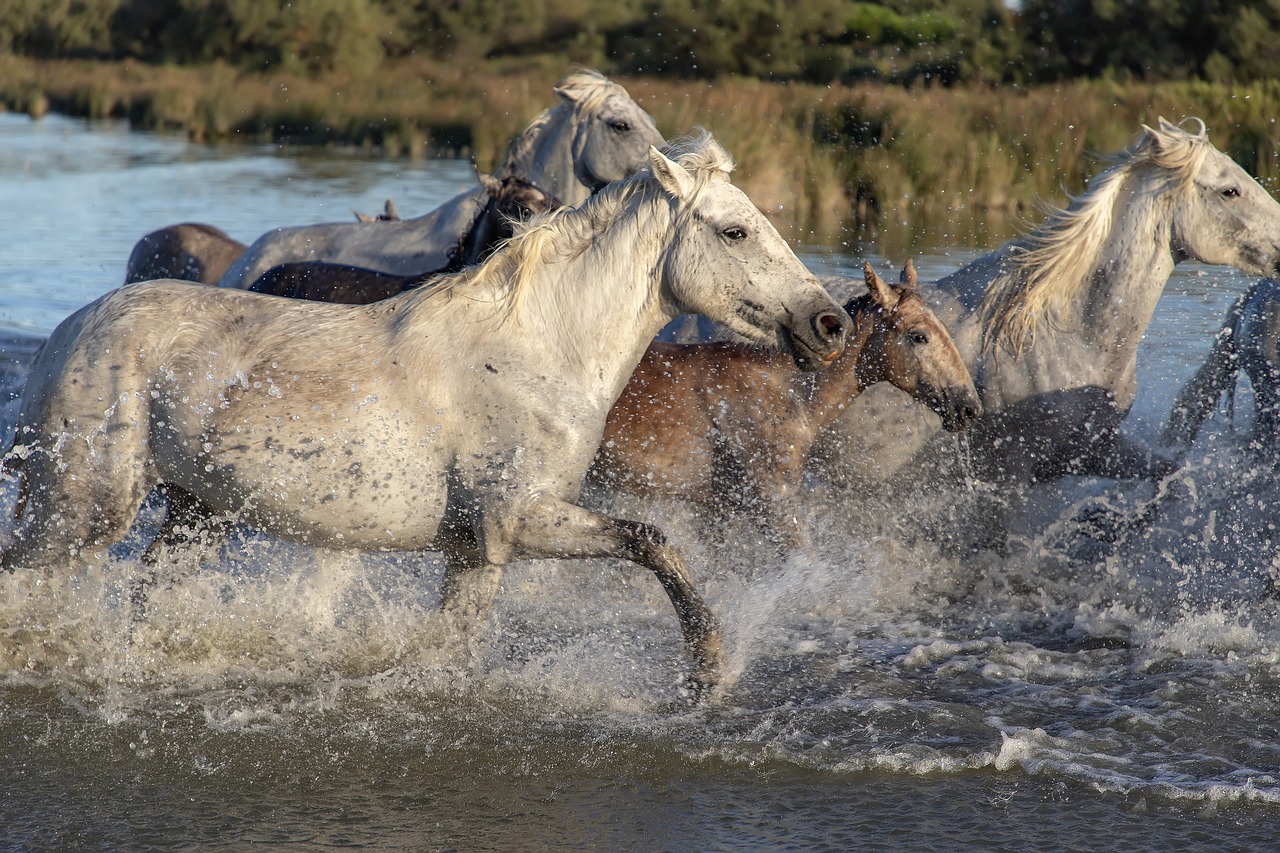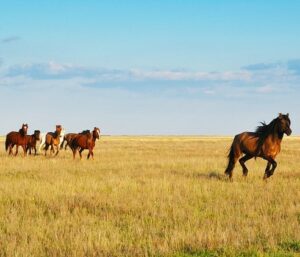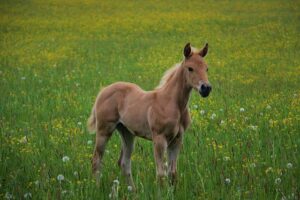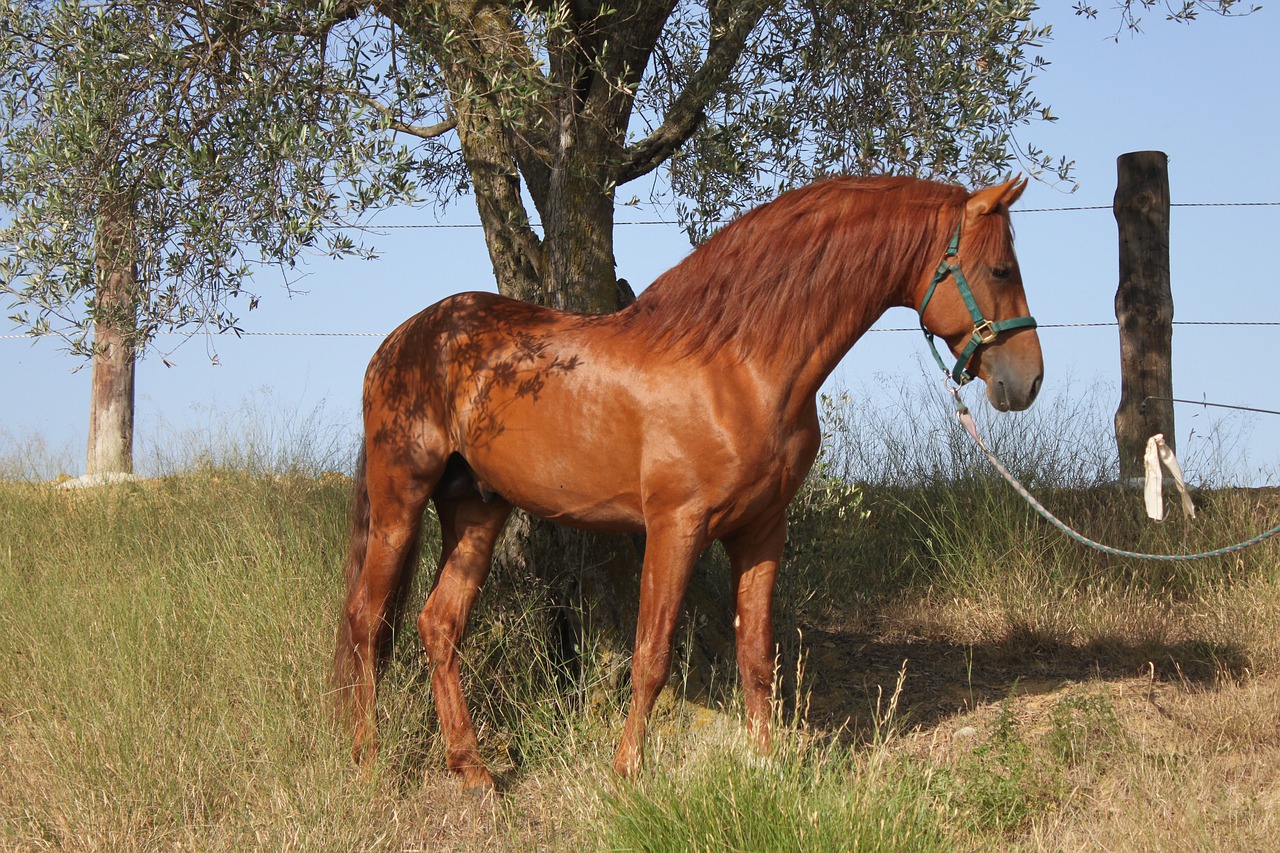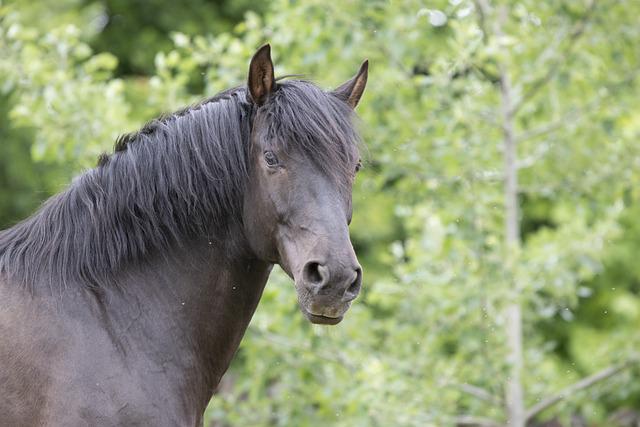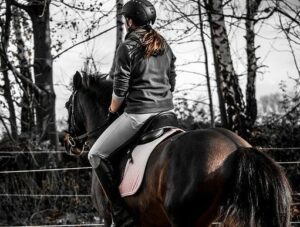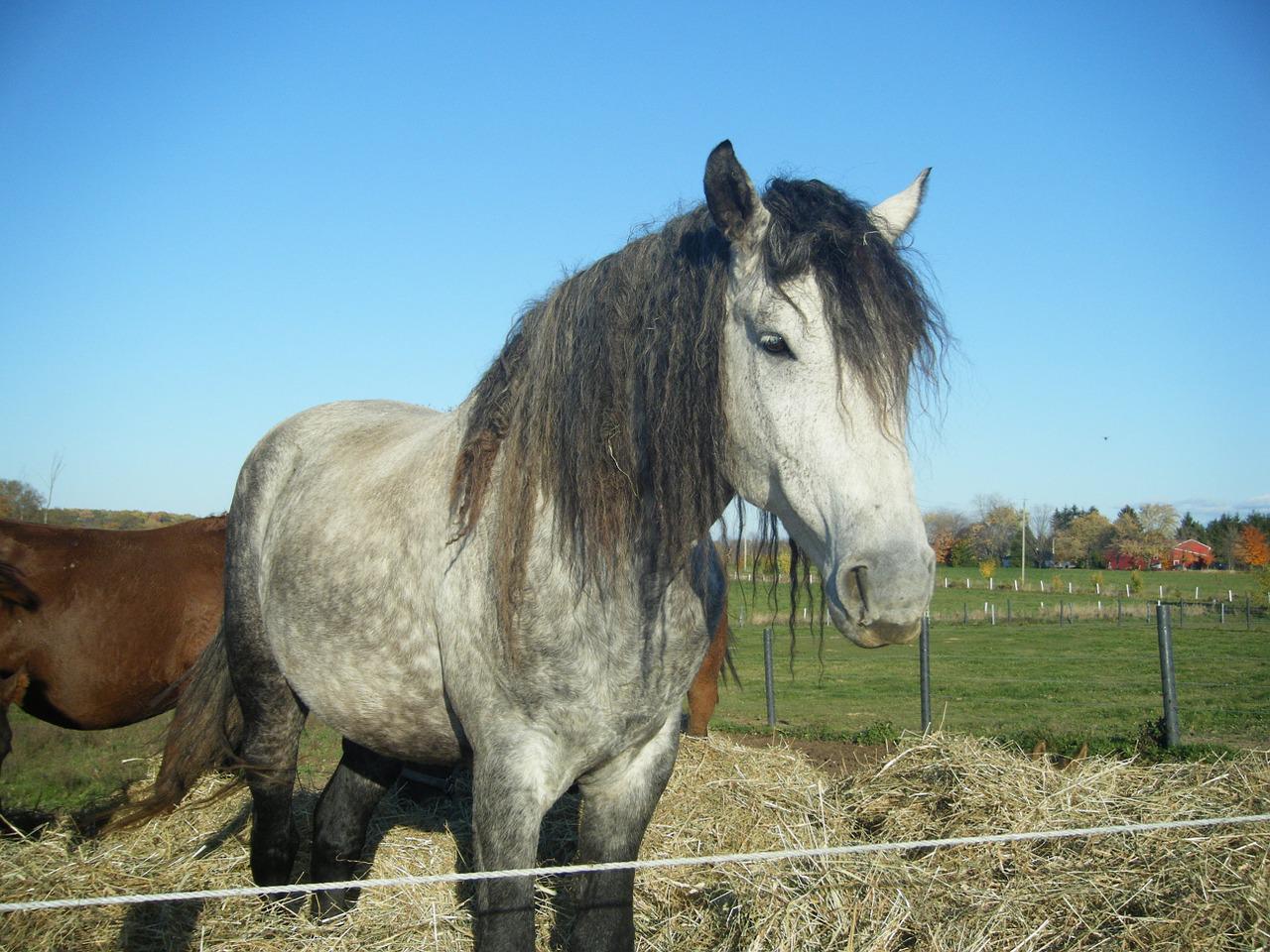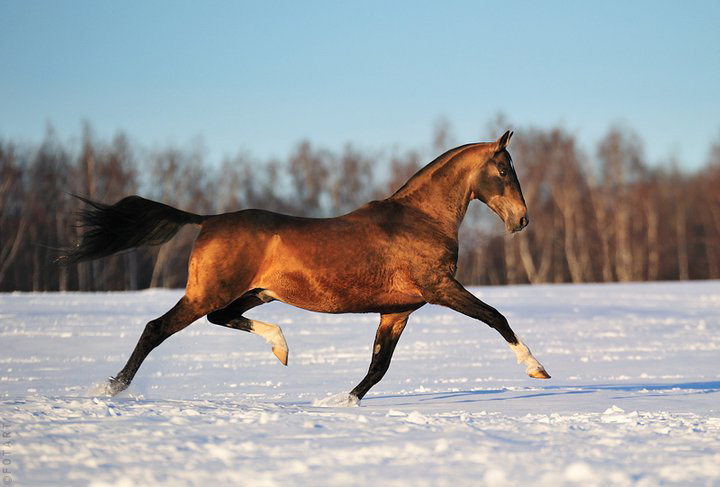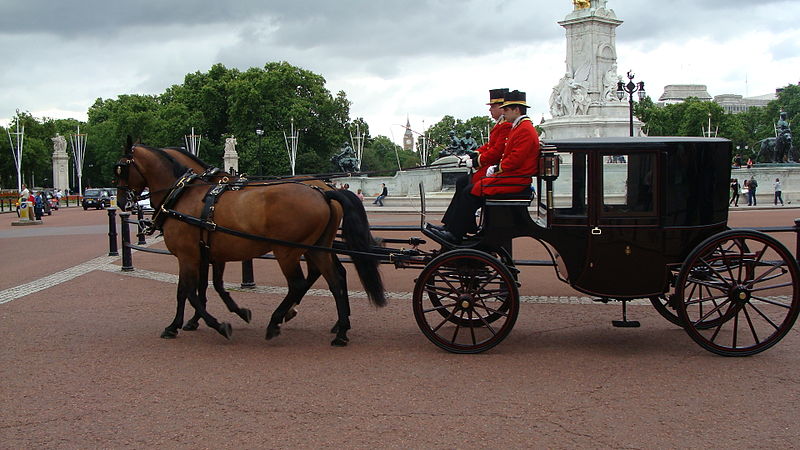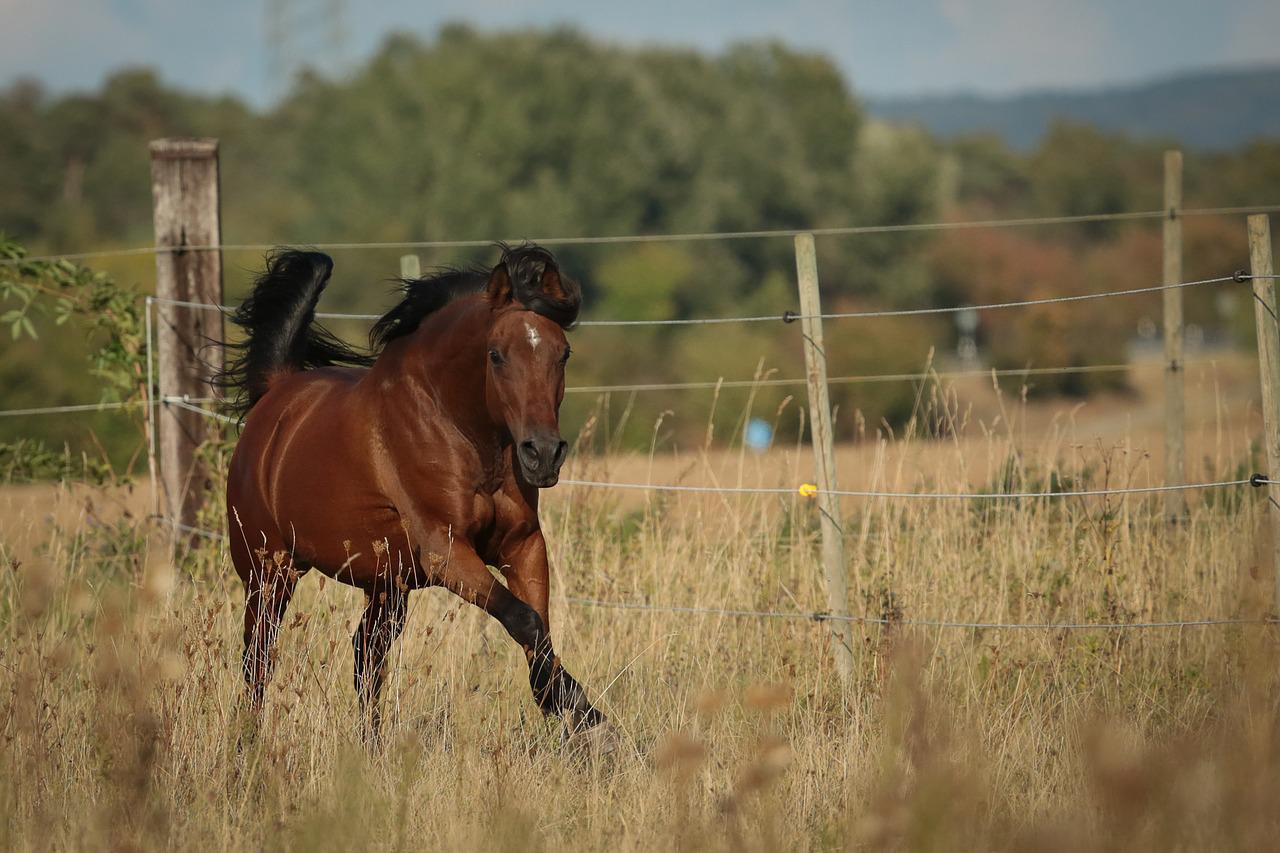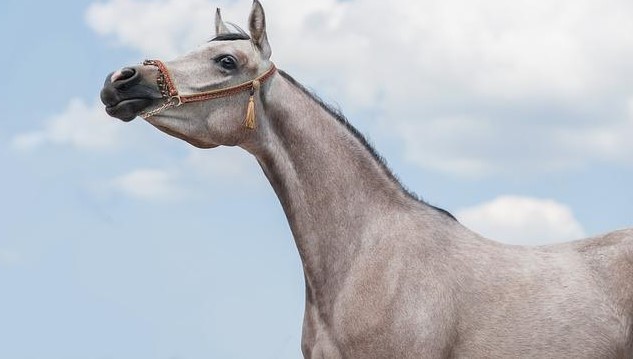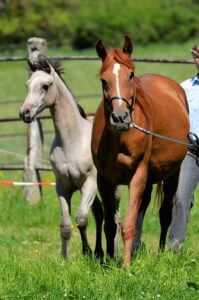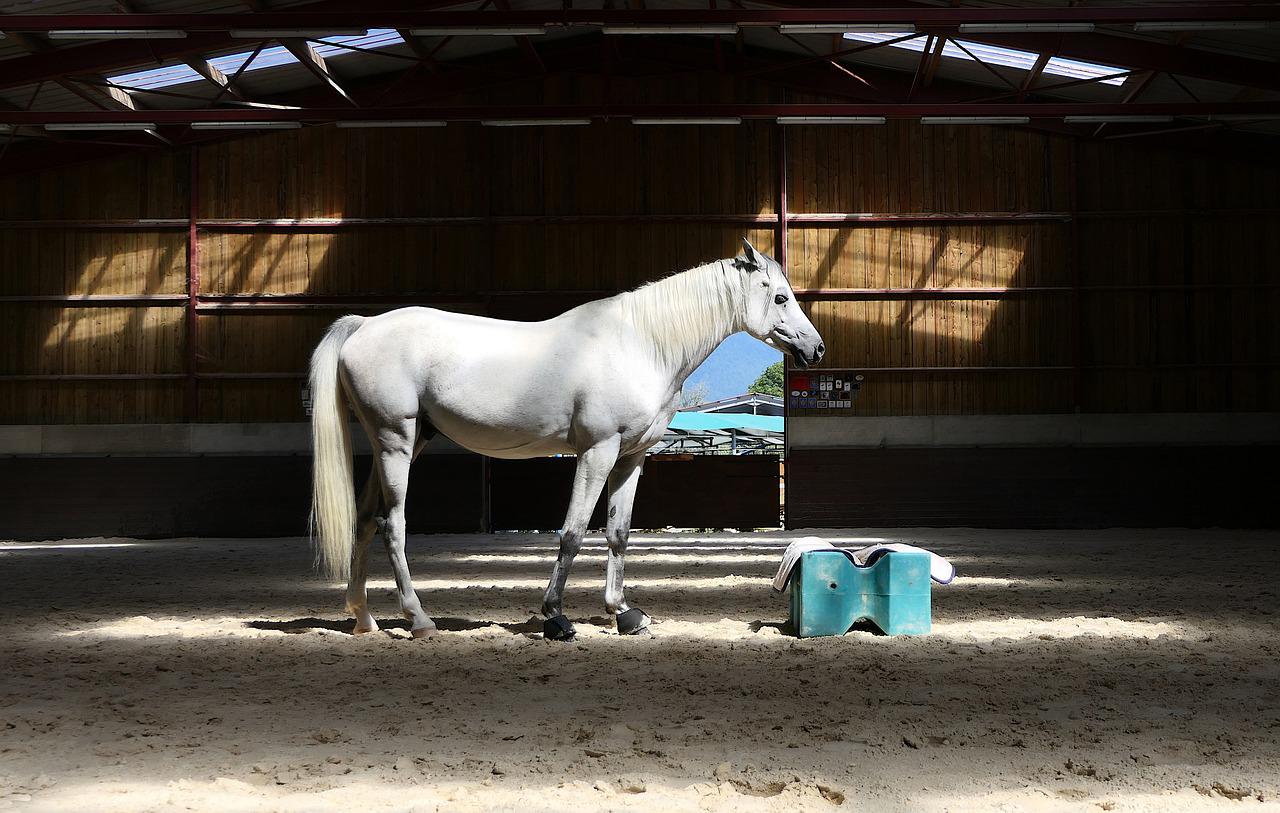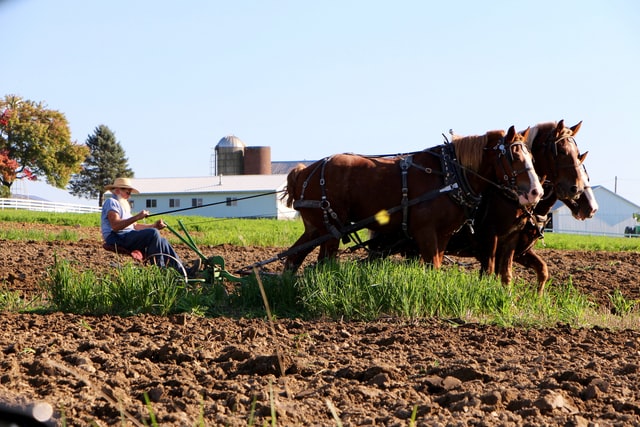As a lifelong horse lover, I’ve always been captivated by these magnificent creatures. Horses are not just animals; they are loyal companions, symbols of strength and grace, and essential partners in many aspects of human life. In this article, I’ll share why it’s so important to care for horses and why we must ensure they never face extinction.
The Bond Between Humans and Horses
A History of Partnership
Horses have been our partners for thousands of years. From carrying us across vast landscapes to helping in agricultural fields, their contributions have been invaluable. They have been our companions in war, work, and play, forming a bond that has shaped human history.
Companionship and Therapy
Today, horses continue to enrich our lives. Many people find a unique sense of companionship and joy in their relationships with horses. Equine therapy has proven to be incredibly effective for individuals with physical, emotional, and psychological challenges. The gentle nature and sensitivity of horses make them excellent therapists, capable of forging deep connections with those in need.
The Importance of Proper Care
Physical Well-Being
Caring for horses involves ensuring their physical health. This includes providing a balanced diet, regular veterinary check-ups, and ample exercise. Proper care helps prevent diseases and injuries, ensuring that horses can live long, healthy lives.
Mental and Emotional Health
Horses are intelligent and sensitive animals that require mental stimulation and social interaction. Providing a stable environment, regular training, and companionship from other horses or humans are essential for their mental well-being. A happy, well-cared-for horse is more likely to form a strong, trusting bond with its human caregivers.
The Threat of Extinction
Loss of Habitat
As urbanisation and industrialisation continue to expand, natural habitats for horses are diminishing. Wild horse populations are particularly vulnerable, facing threats from habitat loss and human encroachment. Protecting these habitats is crucial for the survival of wild horses and maintaining biodiversity.
Genetic Diversity
Preserving different horse breeds is important for maintaining genetic diversity. Each breed has unique characteristics and qualities that can contribute to the overall health and resilience of the equine population. Conservation efforts and responsible breeding practices are essential to prevent the loss of these unique genetic traits.
The Cultural and Economic Impact
Cultural Significance
Horses hold a special place in many cultures around the world. They are celebrated in art, literature, and folklore, symbolising freedom, strength, and beauty. Ensuring the survival of horses helps preserve this rich cultural heritage and the stories that have been passed down through generations.
Economic Contributions
The equine industry contributes significantly to the global economy. From horse racing and riding schools to therapeutic riding centres and breeding farms, the economic impact of horses is substantial. By caring for and protecting horses, we support an industry that provides livelihoods for millions of people.
What You Can Do
Support Equine Charities
Many organisations are dedicated to the welfare and conservation of horses. Supporting these charities through donations or volunteering can make a significant difference in the lives of horses in need.
Advocate for Horse Welfare
Raise awareness about the importance of horse welfare in your community. Advocate for laws and policies that protect horses from neglect and abuse! Educate others about the proper care and respect that these noble creatures deserve.
Adopt or Sponsor a Horse
If you have the means, consider adopting a horse in need or sponsoring one through a reputable rescue organisation. Providing a loving home or financial support can help ensure that horses receive the care and attention they need.
Conclusion
Horses have been our faithful companions and partners throughout history. Their contributions to our lives, both practically and emotionally, are immeasurable. By taking proper care of horses and working to prevent their extinction, we honour their legacy and ensure that future generations can also experience the joy and wonder that these incredible animals bring to our world. Let’s cherish our equine friends and commit to protecting them for years to come.

